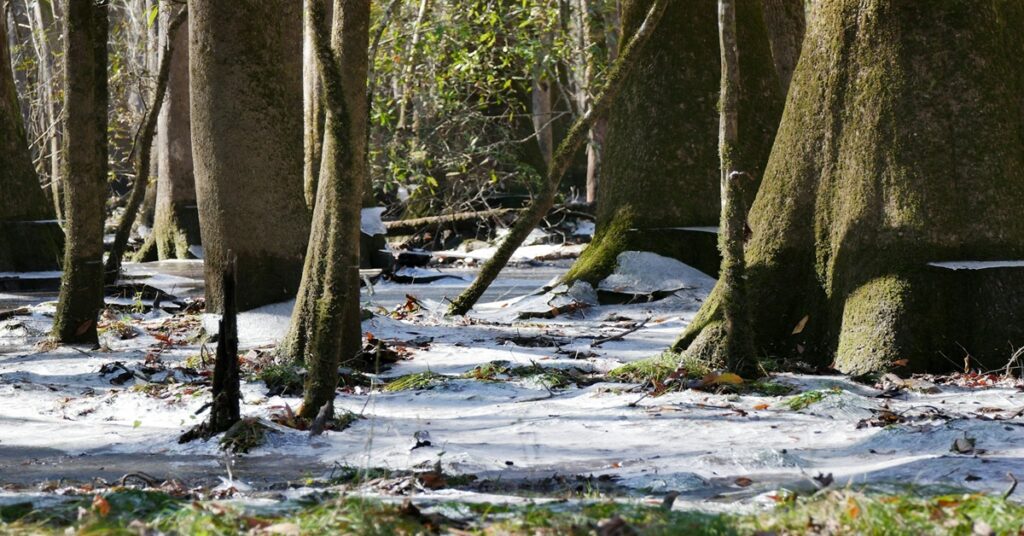Millions of travelers head to national parks each year. Most end up in the same places such as the Grand Canyon, Yellowstone, Banff, or Yosemite. They are the most beautiful national parks in the world, but they’ve become overcrowded and commercialized. You wait in lines and search for parking. You hear more people than birds. Nature loses its magic. However, the best least visited national parks still offer raw wilderness, silent trails, and unspoiled views. These parks are off the beaten path. They give you a sense of discovery, a feeling of space. And in today’s world, that matters more than ever.
Why Avoiding Popular Parks Makes Sense
Crowds Take Away the Solitude
Popular parks like Yellowstone and Yosemite are no longer peaceful places. They draw millions of visitors every year. Trails become packed with people. Campsites fill up months in advance. The quiet of nature gets replaced by noise and traffic. You cannot enjoy the moment when every step feels rushed. The least visited national parks give you space to breathe. You find peace without the pressure of crowds. You hear the wind, not car horns or voices.
Nature Suffers from Too Many Visitors
Too much foot traffic damages the land. Trails wear down. Plants get trampled. Wildlife disappears from areas once full of life. Some parks now limit entry because they cannot handle the pressure. Conservation takes a back seat when parks focus on managing crowds. Visiting the least crowded national parks helps spread out tourism. These quieter places benefit from your visit. And nature has a better chance to recover.
Travel Becomes a Hassle
Visiting a famous park often feels like a job. You must book tickets early. You fight for parking. You wait in lines to enter. Even inside, you face signs that say trails are full. The stress builds before you even see the first tree. When you choose the least crowded national parks in the USA, you skip all that. You walk right in. You hike. You explore. That freedom is part of the reward.
Too Much Noise Ruins the Experience
You go to nature to find quiet. Instead, you hear loud voices, buzzing drones, and endless footsteps. Birds fly away. Animals hide. You lose the calm you came for. In contrast, the least crowded national parks in summer let you hear what nature really sounds like. You listen to water flowing and leaves rustling. The silence becomes part of the memory.
Parks Become Just Another Product
Famous parks feel like theme parks. They have big signs, branded cafés, and scheduled tours. You follow a route with a crowd. You take photos at marked spots. The whole thing feels controlled. It becomes a product, not a personal journey. But the best least crowded national parks do not follow a script. You explore at your pace. You choose your path. That freedom makes all the difference.
Big Crowds Bring Big Risks
With more people, accidents become more likely. Trails get slippery and crowded. Parking lots overflow into roads. Emergency staff cannot respond fast enough. Wild animals become stressed or aggressive. It all creates a risky environment. The least crowded national parks in the world offer a safer setting. Fewer people means fewer problems. You travel with peace of mind.
The Dream Turns into Disappointment
You expect magic. You get a headache. You spend hours planning and even more hours waiting. Instead of joy, you feel regret. Many travelers say they feel more tired after visiting crowded parks. The reality does not match the dream. But the best least visited national parks offer something different. They give you time, space, and the chance to feel truly connected to nature. The reward feels real, not forced.
Hidden Gems You Should Explore: 10 Least Visited National Parks
Kafue National Park, Zambia
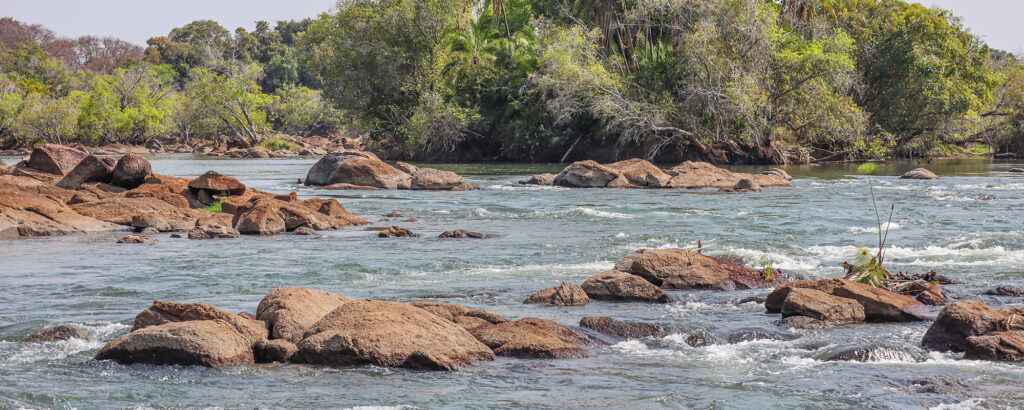
Kafue National Park is a vast wilderness, larger than several countries, yet surprisingly few travelers ever set foot here. Located in central Zambia, it spans over 22,000 square kilometers. Most visitors to Africa flock to Kruger or the Serengeti, but Kafue remains untouched by mass tourism. The park’s beauty lies in its raw, open landscape — a place where the grasslands stretch endlessly and wildlife still roams freely. Here, you can see lions, cheetahs, hippos, crocodiles, and antelope in silence, without a single tour bus in sight.
The park is a paradise for birdwatchers with over 500 species. It also offers boat safaris along the Kafue River, where the stillness of the water mirrors the sky. You feel the scale of the place when you realize you haven’t seen another human all day. In the dry season, when most tourists crowd into East Africa, Kafue remains one of the least crowded national parks in the world. It gives you the gift of space, solitude, and authentic adventure.
Congaree National Park, USA
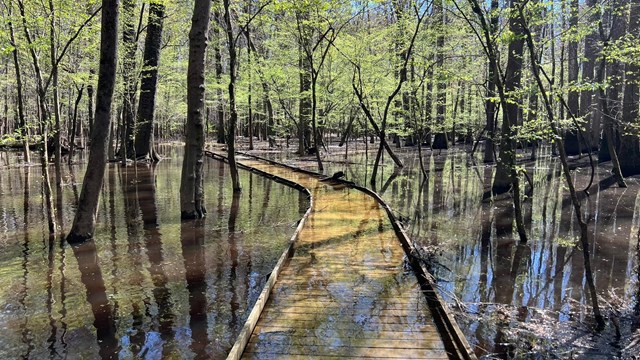
Nestled in South Carolina, Congaree National Park protects one of the last and largest old-growth floodplain forests in the United States. Giant cypress trees with wide, flared bases rise from the swamp, creating an otherworldly landscape. Despite its stunning scenery and easy access, Congaree remains one of the least visited national parks in the USA. This is not because it lacks beauty but because it avoids the spotlight. That makes it an ideal destination for travelers seeking quiet walks, still water, and peaceful forest sounds.
The park is perfect for paddling. You can canoe through blackwater creeks beneath a green canopy where sunlight filters like stained glass. Boardwalk trails take you deep into this quiet forest, where owls, woodpeckers, and barred owls call from above. In summer, the park glows with fireflies. It’s an unforgettable sight. Unlike the more famous parks that get flooded with visitors, Congaree offers the calm many travelers hope to find. It truly belongs on the list of the best least crowded national parks to visit.
Auyuittuq National Park, Canada
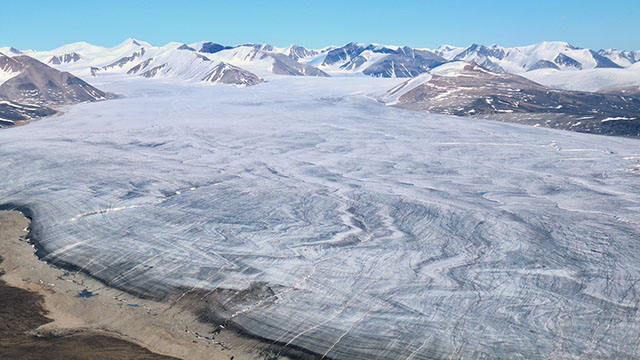
Auyuittuq is one of the most remote and dramatic parks in the world. Located on Baffin Island in the Canadian Arctic, it means “the land that never melts.” Towering granite cliffs rise above deep fjords. Ice flows down from the Penny Ice Cap. Hikers tackle the Akshayuk Pass, a route that cuts through the heart of the park, passing glaciers and icy rivers. There are no trees, no roads, and very few people. This is raw, untouched wilderness.
In summer, the sun never sets, casting a golden light over icy peaks. The remoteness keeps crowds away, which makes it one of the least crowded national parks to visit anywhere. The silence here is complete. You hear your breath. You feel the crunch of snow. That kind of isolation is rare and powerful. If you are looking to disconnect from everything and feel part of something ancient and vast, Auyuittuq offers an unmatched experience.
Tsingy de Bemaraha National Park, Madagascar

Tsingy de Bemaraha is like nowhere else on Earth. A UNESCO World Heritage Site, its landscape looks like a field of stone daggers, tall limestone spikes rising in every direction. These rock formations, called tsingy, have formed over millennia. They are razor-sharp and impossible to cross without the park’s narrow wooden bridges and ladders. This maze of stone hides deep gorges, caves, and hanging forests. Small lemurs, chameleons, and rare birds live among these rocks, mostly unseen by tourists.
Getting to the park is not easy. It takes hours on rough roads. That challenge keeps visitor numbers low. But for those who make the journey, Tsingy offers a deep reward. It is one of the most visually surreal and best least visited national parks in the world. You climb, crawl, and walk through a world shaped by time, water, and wind. The sense of adventure and discovery is something you won’t find in more polished, popular parks.
Manu National Park, Peru
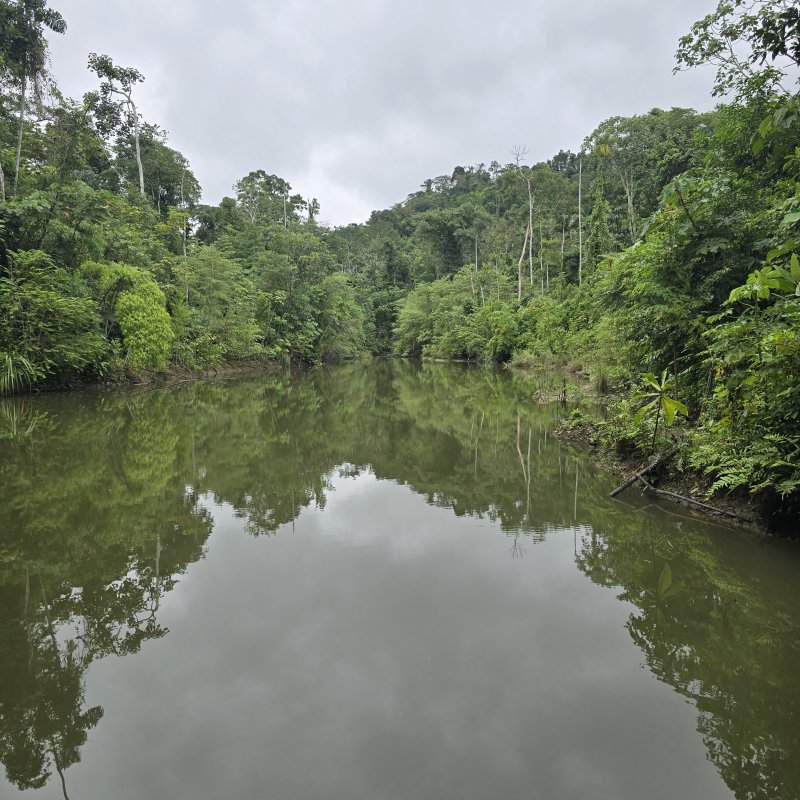
Manu is one of the world’s most biodiverse areas and also a UNESCO World Heritage Site. Located at the edge of the Andes and the Amazon, it covers mountains, cloud forest, and lowland jungle. The park is home to jaguars, monkeys, giant otters, and over a thousand bird species. Its rivers are the only roads in. Visiting requires time, permits, and local guides. That keeps it pristine and makes it one of the least crowded national parks in the world for those who want real wilderness.
Each day in Manu feels like an expedition. You wake to howler monkeys. You walk under trees filled with birds. You move quietly, because anything might appear. The jungle here has depth, not just in sound but in layers of life. In popular parks, you follow trails. In Manu, you follow nature. The park’s isolation is a blessing. It gives you a sense of how the Earth once was — wild, thick with life, and unspoiled.
Makalu Barun National Park, Nepal
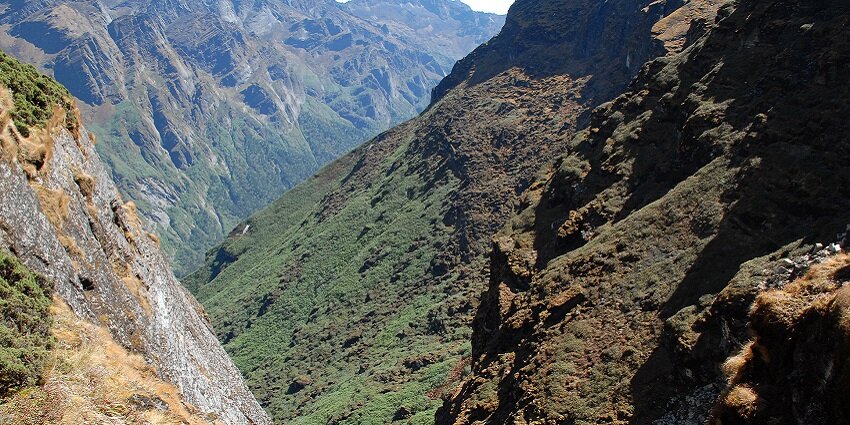
Makalu Barun lies just east of Mount Everest, but it remains almost completely off the radar for most travelers. While Everest draws thousands each year, Makalu Barun stays quiet and untamed. Its valleys are lush with rhododendrons, orchids, and moss-covered rocks. Towering peaks rise above, including the fifth highest mountain in the world. Here, the silence is only broken by the wind or the call of a Himalayan bird. The trails are challenging, the routes unmarked, and the rewards immense.
What makes this park so special is its mix of climate and culture. It ranges from lowland forests to alpine terrain and is home to endangered animals like the red panda and snow leopard. During autumn, the skies clear, and the scenery becomes crisp and golden. That makes it one of the least crowded national parks in September. It offers a spiritual kind of solitude. You share space with mountain villages, ancient Buddhist shrines, and snow-fed rivers. It is a place to disconnect and rediscover the wild.
Pukaskwa National Park, Canada

Pukaskwa National Park sits on the remote north shore of Lake Superior. Its rocky coastline stretches for miles, interrupted by forest, cliffs, and secret beaches. Few people ever make it here, which is surprising given the raw beauty on display. The Coastal Hiking Trail is one of the best in Canada, yet often empty. This makes Pukaskwa one of the least crowded national parks to visit in North America. The silence here is not eerie. It is calming. It gives you space to listen, reflect, and explore.
Camping in Pukaskwa is as wild as it gets. You pitch a tent on a granite outcrop, cook under the stars, and wake to the sound of waves crashing below. There are no big hotels or paved roads. The remoteness adds to the appeal. Most visitors come for backcountry hiking, paddling, and the rare chance to enjoy Lake Superior’s wild spirit without distraction. It is a park that asks you to slow down and notice what’s around you.
Khustain Nuruu National Park, Mongolia
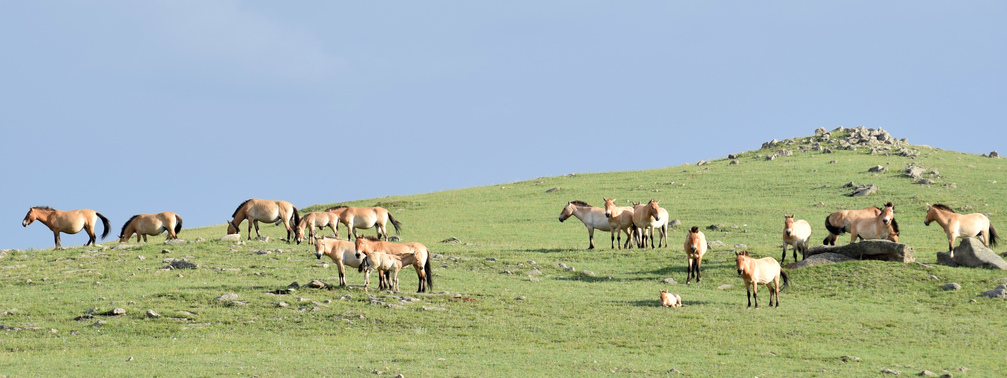
Khustain Nuruu, also known as Hustai, is famous for one incredible reason. It is the only place on Earth where truly wild horses still roam free. The Przewalski’s horse, once extinct in the wild, now gallops across the Mongolian steppe. These sturdy animals live the way they did centuries ago. Watching them move in small herds over the grassy hills feels like traveling back in time. The landscape is wide open. There are no fences, no crowds, just the quiet of wind and hooves.
Beyond the horses, Khustain is a quiet treasure. You can hike along ridgelines, watch eagles soar overhead, and camp under skies filled with stars. There are no tour buses or noisy gift shops here. You might spend the night in a traditional Mongolian ger and eat with a local family. As one of the least visited national parks in the world, it offers something deeper than just views. It gives you a glimpse of life at its most natural and free.
Biebrza National Park, Poland
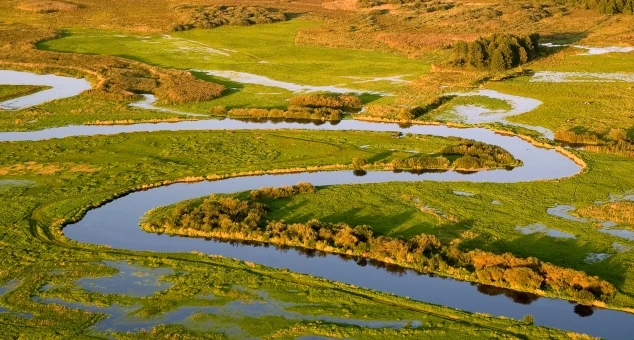
Biebrza is a world of water, reeds, and silence. Located in northeastern Poland, it is home to one of Europe’s last large natural wetlands. The Biebrza River flows through peat bogs and marshes that feel untouched by time. Moose wade through shallow waters, while cranes and storks fill the skies. The park is a haven for birdwatchers, especially in spring and early summer. And yet, even in peak seasons, it remains one of the least crowded national parks in Europe.
Most visitors explore the park by canoe or kayak, paddling quietly through its winding channels. Others hike along raised trails that pass through forests and open plains. Biebrza is not showy or dramatic. It is slow, subtle, and deeply peaceful. The charm comes from its rhythm. It asks you to look closely, to listen carefully, and to respect nature’s pace. In a world that moves too fast, Biebrza feels like a much-needed pause.
Sable Island National Park Reserve, Canada
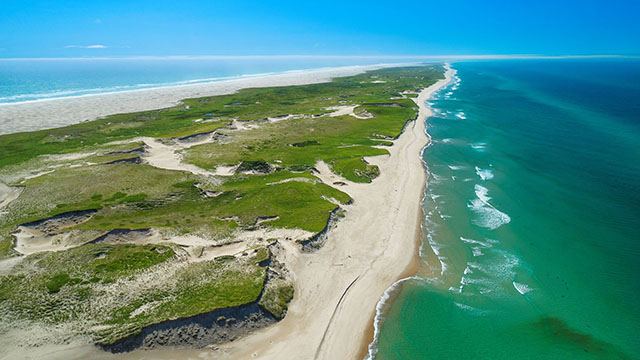
Sable Island is unlike any other place in Canada. It is a narrow, crescent-shaped island in the middle of the Atlantic Ocean. Few people ever visit. Reaching it requires a charter flight or boat and special permission from Parks Canada. But those who make the journey find themselves in a surreal landscape of sand dunes, ocean mist, and wild horses. These animals have lived on the island for generations, shaped by wind and storm.
There are no trees on Sable Island, and almost no buildings. The only permanent structure is a weather station. Thousands of seals live along the beaches, and seabirds nest in the dunes. It is a fragile ecosystem, protected by its distance from the world. As one of the least visited national parks anywhere, it represents the far edge of wilderness. Walking its soft shores, with only the wind for company, feels like stepping off the map.
Why You Should Visit Least Visited Parks
You Get the Landscape All to Yourself
When you visit a crowded national park, you’re often forced to share every view. Whether it’s a famous waterfall or a mountain overlook, you’re never alone. But in the best least visited national parks, you can enjoy the scenery without distraction. The trail is yours. The silence is real. You do not need to wait your turn or worry about people crowding your space. That kind of experience feels rare these days. It lets you form a deep connection with nature. You don’t just see it. You feel part of it.
They Offer Better Wildlife Encounters
Wild animals avoid noise. In places like Yellowstone or Banff, they often stay far from the main paths. But in the least crowded national parks in the world, animals act naturally. They are not spooked by large groups or traffic. You might see elk at dawn, moose grazing in wetlands, or wild horses on the open plains. These are not staged experiences. They are moments that unfold because nature feels safe. And because you’re not surrounded by tourists, these encounters are all yours.
You Can Actually Hear Nature
Crowded trails are full of chatter, phone cameras, and constant footsteps. It’s hard to appreciate the small sounds — the wind, the birds, the rustling of trees. In the best least crowded national parks, those quiet details return. You hear your own breath as you hike. You hear water trickling through moss. You notice everything more. It makes you slow down. That stillness is why many people seek out national parks in the first place. In quieter parks, you finally get it.
The Seasons Shine Without Crowds
Visiting in the right season can turn a simple trip into a memory. The least crowded national parks in summer often offer wildflowers, open trails, and long daylight hours. Others are perfect in early fall. For example, the least crowded national parks in September show off changing leaves and cool air. Some parks even glow in spring. The least crowded national parks in April can surprise you with early blossoms and flowing rivers. You don’t have to fight for campsite bookings. You just choose your time and go.
You Support Local Communities
Many of these hidden parks are located in remote or rural areas. That means your visit matters. You stay at local guesthouses, eat at small restaurants, and hire local guides. Your money helps communities that don’t benefit from mass tourism. In places like Mongolia, Peru, or parts of Canada, even one visitor makes a difference. Visiting lesser-known parks is not just good for your experience. It’s good for the people who live nearby. It creates a more fair and balanced kind of travel.
You Avoid the Stress of Overplanning
Popular parks require reservations months in advance. You have to plan every detail, from entrance times to shuttle schedules. That kind of trip starts to feel like a chore. But with the least visited national parks, the process is smoother. You pick your destination, pack your gear, and go. There’s room to be spontaneous. You can change your route, stay longer in one place, or take a side trail. The freedom returns. You travel because you want to, not because you’re locked into a rigid plan.
You Discover Places Others Miss
There’s something exciting about going where few others go. You’re not just following a checklist or taking the same photo as everyone else. You’re exploring. You’re opening a door to something new. Some of the best least crowded national parks are filled with beauty most people will never see. And that makes the experience even more special. You become part of a small group who knows what these places offer. That feeling stays with you long after the trip ends.
Tips for Visiting Least Visited National Parks
The following are some of the tips to implement no matter you are visiting the most or least visited national parks.
Do Your Research Before You Go
When you plan to visit the best least visited national parks in US or anywhere eels, the first thin g you need to do is research. These parks are often remote, and that means fewer signs, fewer marked trails, and fewer people to ask for help. That’s part of the charm, but it also means you need to come prepared. Learn about trail conditions, park rules, and local weather. Many of these parks have limited facilities and no cell signal. Some require permits or guided entry. Others close certain roads during wet or snow seasons. You won’t find glossy brochures or big visitor centers here. What you will find is the raw beauty of nature. But only if you plan ahead.
Choose the Right Season
Some of the least crowded national parks in summer open their full trail systems only during warmer months. In places like Canada or Nepal, September brings clear skies and fewer bugs, making it a favorite among hikers. That’s why many travelers seek out the least crowded national parks in September for a quieter, more scenic trip. Spring can be rewarding too. In April, you’ll see blooming landscapes and melting streams in places like Poland or the eastern U.S. No matter the month, always check seasonal access before you leave.
Pack for Self-Reliance
Many of the least visited national parks in the world are far from grocery stores or medical help. You need to bring everything you might need — water, food, first aid, navigation tools, and layers for changing weather. A GPS or offline maps can be more important here than in crowded parks with clear signs. Since you might be the only one on a trail, you must be ready for all conditions. This level of independence might seem intimidating at first. But it’s also empowering. It teaches you to travel with care and intention.
Respect Local Wildlife and Ecosystems
Fewer people doesn’t mean fewer rules. In fact, the best least crowded national parks often have more fragile ecosystems than their busier counterparts. The land hasn’t been worn down by heavy foot traffic. That’s why it’s vital to stay on marked paths, avoid disturbing animals, and carry out all waste. Some places allow only guided treks for this reason. You are a guest in these environments. The goal is to enjoy their wildness without leaving a mark. This is not a performance. It’s real nature. It deserves real respect.
Talk to Local Communities
Remote parks are often surrounded by small towns or villages. These communities can be a rich part of your experience. Ask questions. Hire local guides. Learn a few words of the language. In return, you’ll get stories, advice, and insights you won’t find in guidebooks. This also helps you support local economies, especially in areas that don’t benefit from mainstream tourism. It turns your trip into something more meaningful. And it gives you a deeper connection to the place, not just the park.
Slow Down and Stay Longer
It’s tempting to rush from one park to another. But the least crowded national parks to visit reward those who linger. Spend two nights instead of one. Walk the same trail twice. Wait quietly at a viewpoint for the light to change. These parks are about experience, not itinerary. When you stay longer, you notice more. The fog lifting from a valley. The echo of an owl in the trees. These moments don’t happen on a clock. They happen when you stop watching the time and start watching the world.
Share, But Don’t Overshare
Part of keeping these places special is not turning them into the next big thing. It’s fine to post your photos and tell friends about your trip. But consider what you share and how you share it. Avoid geotagging specific spots that are sensitive or not ready for high traffic. Don’t recommend places just to go viral. The least crowded national parks stay peaceful because people treat them with care. You can help protect that balance by sharing thoughtfully, with nature’s best interest in mind.
Arrange Your Transports
Since, most of the least visited national parks are remote and off-the-beaten path, you may have to arrange your own transport or charter flights. You must read reviews or consult with locals to find out company offers the best services. Similarly, try to arrange the appropriate transport for particular parks.
Final Thoughts
Popular parks are famous for a reason, but they’re not the only path to real adventure. The best least visited national parks offer something deeper — space, peace, and the raw feel of the wild. You don’t need crowds to find beauty. In fact, when you step off the tourist trail, that’s when the real magic begins. These places still feel untouched. And that’s exactly what makes them worth discovering.
Ready to explore the least visited national parks? Book flights to nearby airports and find local hotels at great rates with AviFares. Start your trip today.

